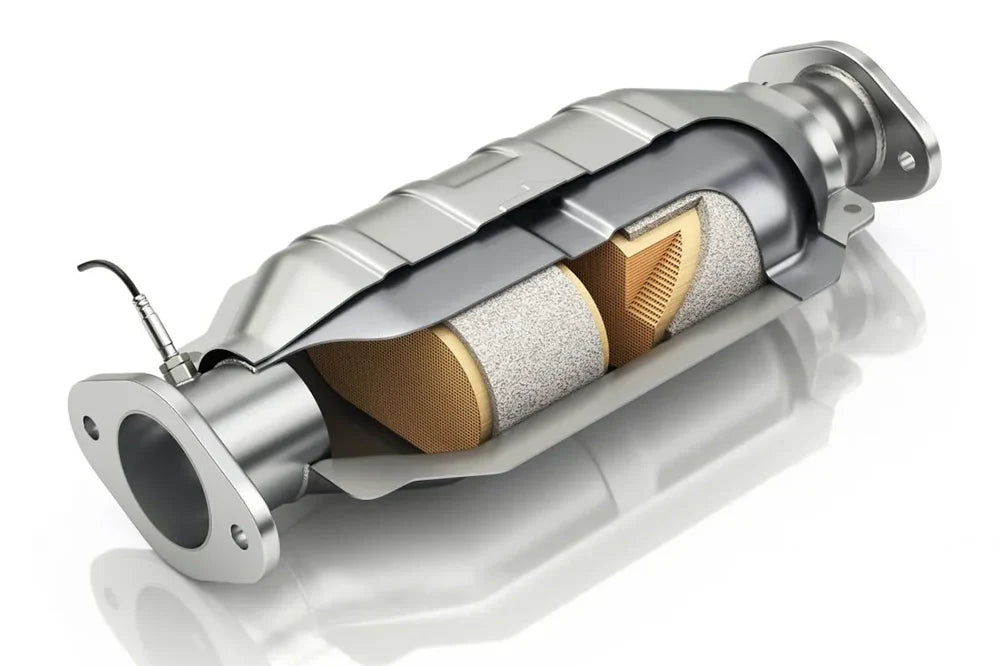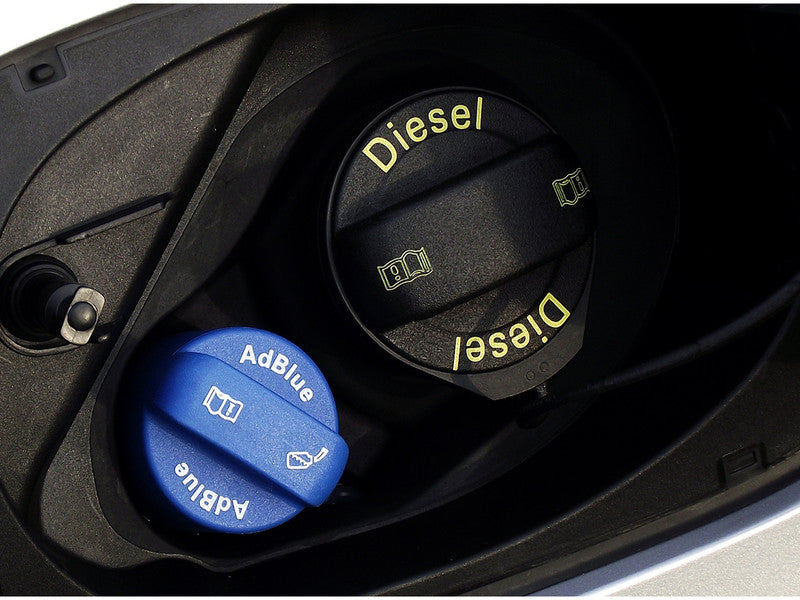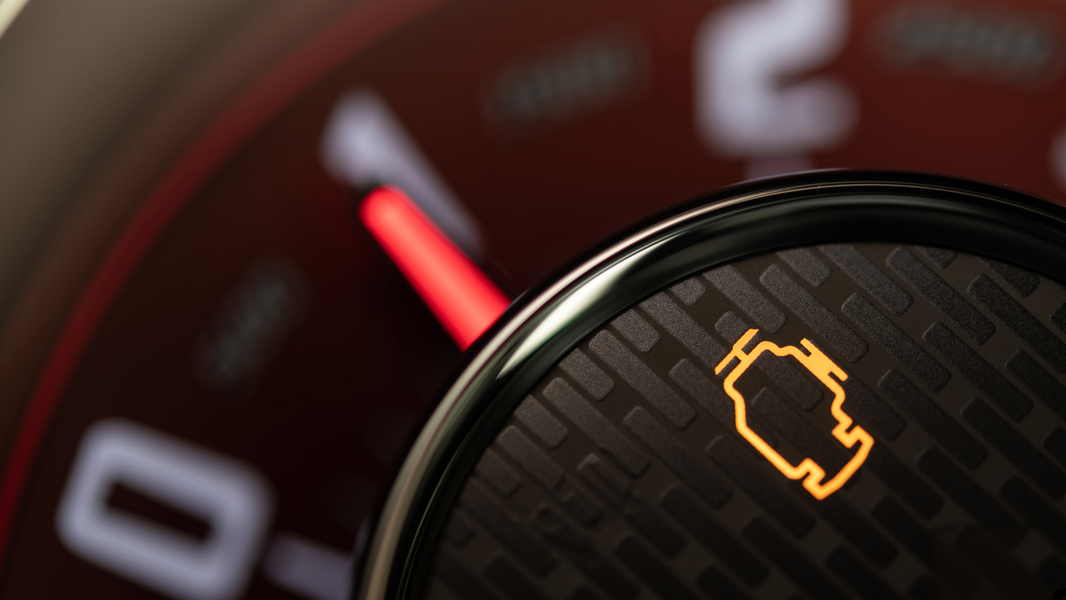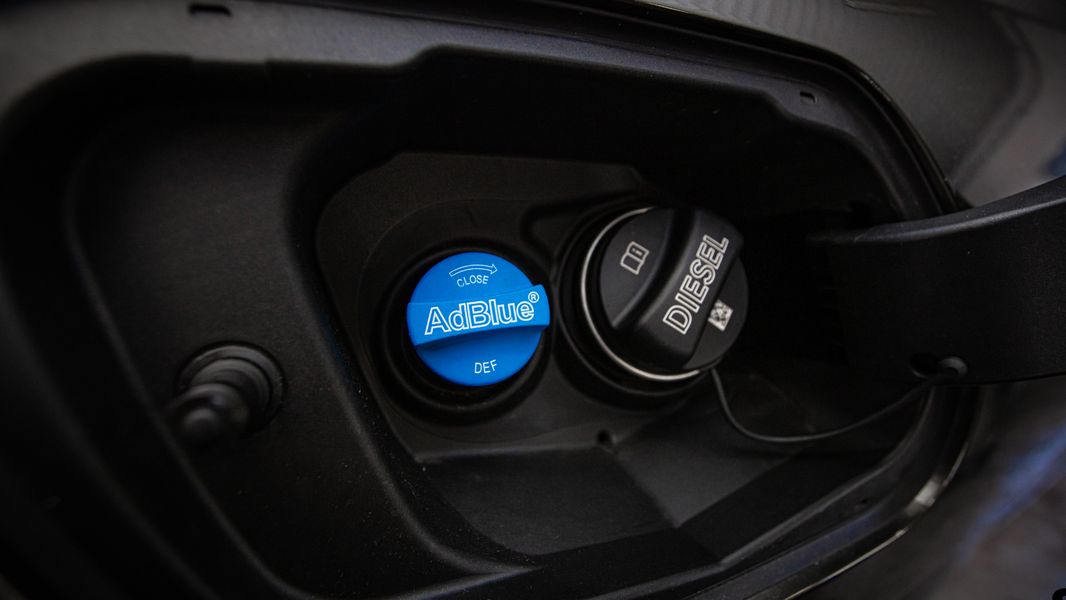The check engine light (CEL) is a universal symbol of automotive trouble that can cause alarm among drivers. In this in-depth blog post, we will demystify the check engine light, discussing its causes, implications, and solutions.
We will begin by explaining how the check engine light functions as part of the vehicle’s onboard diagnostics system. When the system detects a malfunction in any of the vehicle's components—ranging from the engine and transmission to the exhaust and fuel systems—it triggers the CEL to alert the driver.
Next, we will delve into the various reasons why the check engine light may illuminate. Common causes include issues such as a loose or damaged gas cap, faulty oxygen sensors, engine misfires, and issues with the catalytic converter. We will categorize these problems based on severity, helping readers understand which issues may require immediate attention and which can wait.
To aid in diagnosing these issues, we’ll explain how to use an OBD-II scanner to retrieve diagnostic trouble codes (DTCs) and interpret them accurately. We’ll also discuss the importance of professional diagnostics for more complex issues that may not be easily identifiable through basic scanning.
Additionally, we will cover preventive measures to minimize the likelihood of the check engine light activating, such as regular maintenance, timely oil changes, and monitoring vehicle performance.
By the end of this blog, readers will be equipped with the knowledge to respond effectively when their check engine light illuminates, understand the potential issues at play, and recognize when it’s time to consult a professional mechanic. This insight will not only help ensure their vehicle remains in peak condition but also save time and money on unnecessary repairs.





